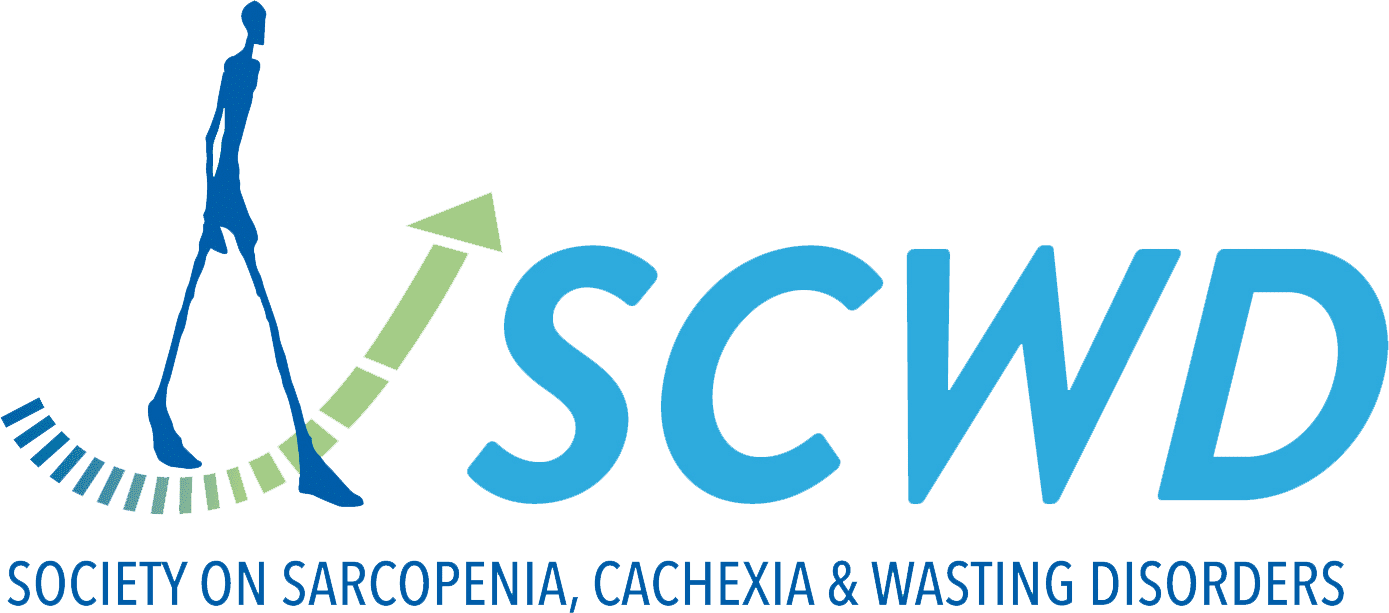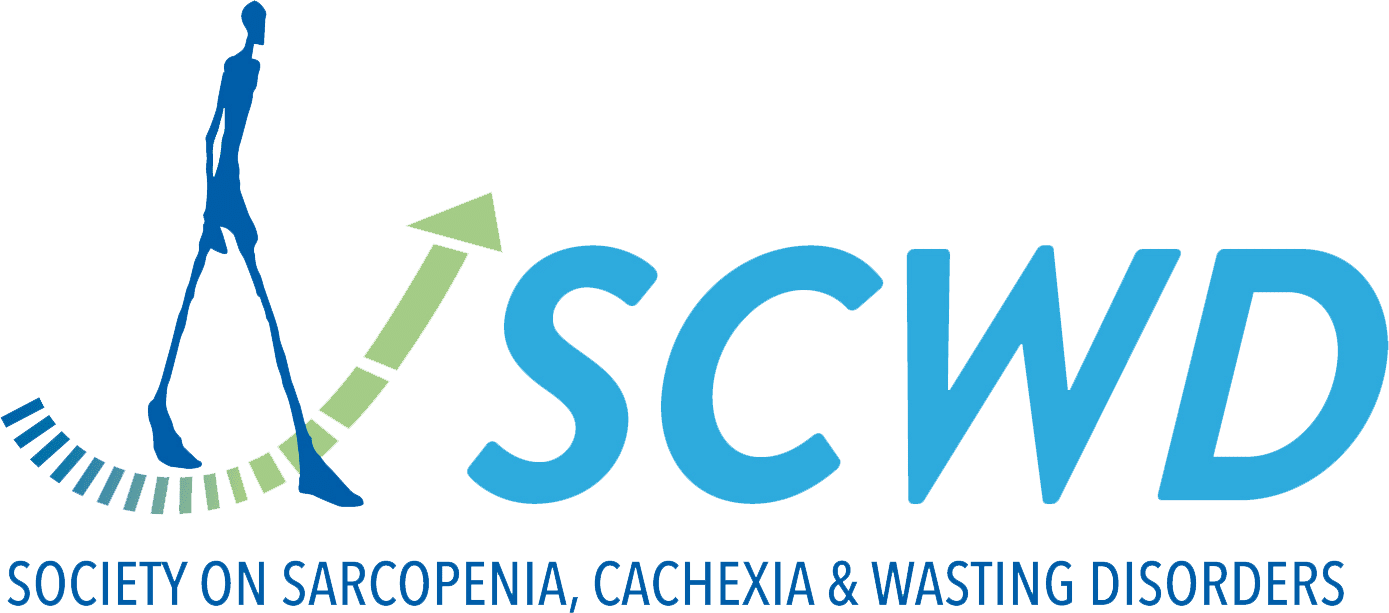CXCL5 neutralization mitigates cancer cachexia by disrupting CAF-cancer cell crosstalk.
BACKGROUND
Advanced metastasis produces cachexia, a complex skeletal muscle wasting syndrome that accounts for one-third of patient deaths. There is currently no approved drug therapy for cancer cachexia. Cancer-associated fibroblasts (CAF) within tumors have been hypothesized to contribute to cachexia, but...


